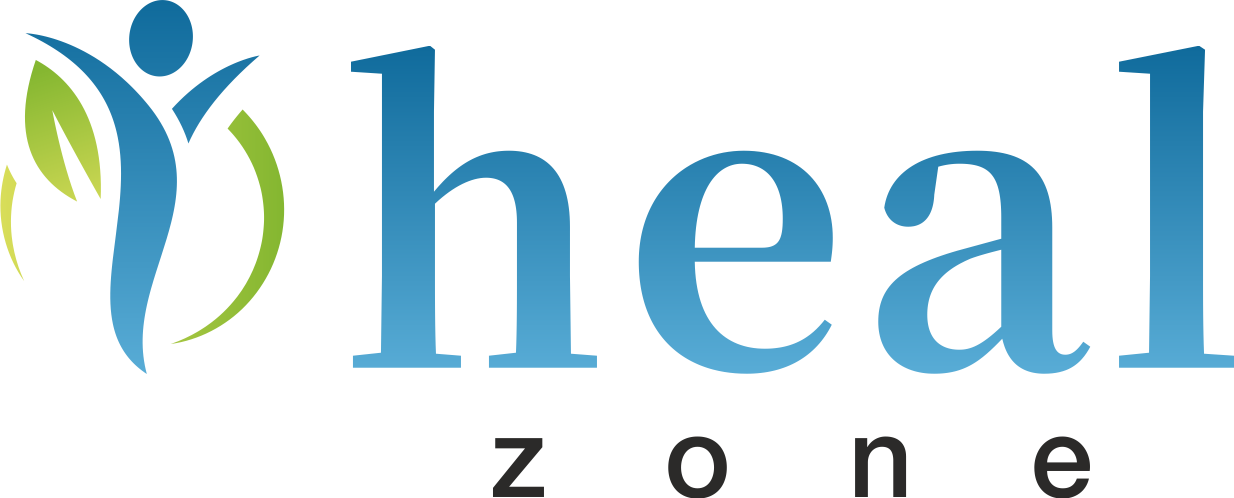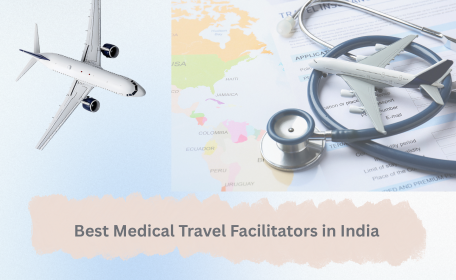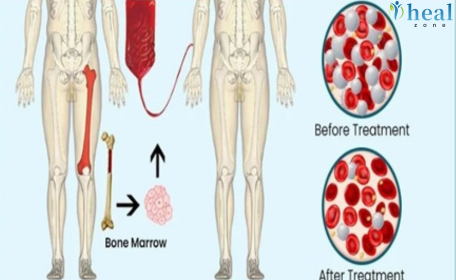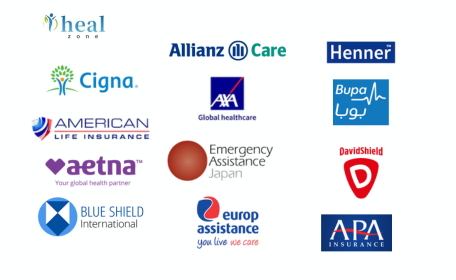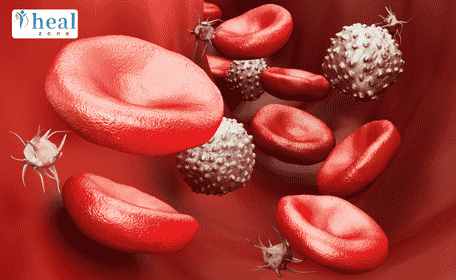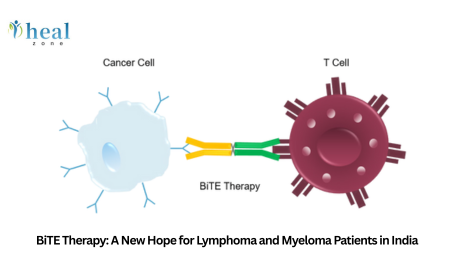What is Ankle Arthroscopy and When Is It Needed?
Ankle arthroscopy is a procedure that allows orthopedic surgeons to visualize and treat problems inside the ankle joint using a small camera (arthroscope) and specialized instruments. The surgeon makes small incisions around the joint to insert the scope and tools, minimizing tissue damage compared to open surgery.
This procedure is recommended in cases of:
- Persistent ankle pain due to osteoarthritis or cartilage damage
- Recurrent ankle sprains or joint instability
- Ankle impingement syndrome (bony or soft tissue)
- Loose bone fragments (osteochondral defects)
- Inflammation due to synovitis
- Removal of scar tissue from previous trauma or surgery
Arthroscopy is often the first choice when conservative treatments like physiotherapy, braces, or injections fail to relieve symptoms.
What Are the Different Types or Techniques of This Treatment?
Ankle arthroscopy can vary based on the type and severity of the underlying condition. Common techniques include:
- Diagnostic Arthroscopy: Performed to assess damage or inflammation not visible on MRI or X-ray.
- Debridement: Removal of loose cartilage, inflamed synovium, or scar tissue.
- Microfracture Technique: Stimulates cartilage regrowth by creating small holes in the bone.
- Arthroscopic Ankle Fusion: For severe arthritis, bones are fused to eliminate pain from motion.
- Ankle Stabilization: For ligament tears or instability, arthroscopic-assisted repair may be done.
Surgeons choose the appropriate method based on patient history, diagnostic imaging, and intraoperative findings.
What Is the Standard Treatment Protocol for International Patients in India?
India follows a streamlined process for international patients undergoing ankle arthroscopy. Here’s what typically happens:
- Pre-arrival Consultation: Virtual video or email review of reports with an orthopedic expert.
- Arrival and Diagnosis: Upon reaching India, the patient undergoes physical examination, imaging (MRI, CT, or X-rays), and anesthetic clearance.
- Surgery Planning: A personalized surgical plan is created.
- Procedure: The surgery is conducted under spinal or general anesthesia using modern arthroscopic tools.
- Postoperative Recovery: Patients are monitored for 1–2 days in the hospital. Early mobilization, ice therapy, and pain control are initiated.
- Rehabilitation: A physiotherapy plan is shared before discharge, often starting within 3–5 days post-op.
- Follow-Up: Patients are given digital follow-up access to their surgeon for future guidance.
The entire treatment process, from arrival to return, is typically completed within 7–10 days.
What Kind of Devices, Implants, or Surgical Tools Are Used?
India’s top orthopedic centers use state-of-the-art arthroscopic equipment and surgical tools. These include:
- High-definition arthroscopes for enhanced visualization
- Motorized shavers and radiofrequency probes for precise tissue removal
- Specialized cannulas and trocars for smooth instrument entry
- Microfracture awls and curettes for cartilage restoration
- Allograft or synthetic implants (if ligament repair or cartilage transplantation is required)
Most procedures avoid large implants unless ankle fusion or ligament reconstruction is involved. All tools used are FDA or CE-approved and meet international surgical safety standards.
What Is the Cost Breakdown of Ankle Arthroscopy in India?
The overall cost of ankle arthroscopy in India is influenced by various elements. Here's a typical breakdown:
- Surgeon’s Fee: $500 – $1,200 depending on expertise
- Hospital Charges: $600 – $1,200 for 1–2 days including OT, nursing, and medications
- Preoperative Tests and Imaging: $100 – $250 for blood tests, ECG, MRI/X-ray
- Anesthesia and Surgical Equipment: $200 – $400 including anesthetist charges
- Physiotherapy and Rehab: $100 – $300 depending on number of sessions
- Postoperative Medications and Dressings: $50 – $100
- Follow-up Consultation (if physical): $50 – $100
Total Estimated Cost: $1,800 – $3,500 depending on hospital, location, and case complexity.
This includes high-quality care, advanced equipment, and all standard medical support.
Why Should International Patients Choose India for This Treatment?
India has rapidly emerged as a hub for orthopedic and sports medicine procedures like ankle arthroscopy. Key reasons include:
- World-Class Expertise: Surgeons are highly trained, with international fellowships and thousands of successful procedures.
- Advanced Technology: Indian hospitals offer cutting-edge arthroscopy systems and minimally invasive surgical tools.
- No Waiting Lists: Treatment scheduling is fast and patient-centric.
- Multilingual Support: English-speaking medical staff and coordinators make the experience smooth.
- Affordable Travel and Stay: From airport pickup to budget-friendly accommodations, everything is optimized for medical tourists.
- High Success Rates: Most patients recover fully with improved mobility and reduced pain.
Why Choose Healzone for Safe and Stress-Free Treatment in India?
Healzone simplifies the entire medical journey for international patients by offering:
- Free Pre-arrival Consultations: Get expert opinions before committing to travel.
- Custom Packages: Tailored to budget, procedure type, and desired recovery experience.
- End-to-End Support: Visa assistance, airport transfers, translators, and in-hospital support.
- Verified Hospitals: Only JCI/NABH accredited facilities are recommended.
- Post-Treatment Follow-Up: Continued access to your treating surgeon and rehab experts even after returning home.
- Local Recovery Assistance: Help with stays in service apartments, nursing care, and physiotherapy.
Choosing Healzone means a smoother, safer, and more affordable path to recovery.
What Is the Recovery Process and Post-Op Care Timeline?
Recovery after ankle arthroscopy is generally fast due to its minimally invasive nature. Most patients experience progressive improvement in pain and mobility. A typical recovery timeline includes:
First Week:
- Rest, ice, compression, and elevation (RICE)
- Use of crutches or walker to avoid weight-bearing
- Pain medications and antibiotics as prescribed
Week 2–4:
- Removal of stitches if needed
- Gradual weight-bearing as per surgeon's guidance
- Start of light physiotherapy exercises
Week 5–8:
- Full weight-bearing achieved in most cases
- Increased strength and mobility through guided rehab
- Return to work and low-impact activities
3 Months and Beyond:
- Return to sports or high-impact activities if advised
- Continued strengthening and balance training
Following all post-op instructions, including physiotherapy, greatly enhances recovery outcomes.
How Should International Patients Prepare for This Treatment in India?
Proper preparation ensures a smooth medical journey for international patients undergoing ankle arthroscopy in India. Here’s what to keep in mind:
- Medical Records: Bring recent X-rays, MRI reports, blood tests, and consultation notes from your home doctor.
- Travel Documents: Ensure you have a valid passport, medical visa, and return ticket.
- Pre-Arrival Consultations: Healzone offers virtual consults with surgeons to evaluate your case beforehand.
- Personal Preparation: Arrange time off from work, manage childcare if needed, and avoid travel close to your surgery date.
- Comfortable Clothing: Pack loose, breathable clothes and slip-on shoes for easy dressing post-surgery.
- Companion Support: If possible, travel with a companion to assist during your early recovery period.
Once you arrive, Healzone ensures airport pickups, hospital registration, and translator services for a stress-free experience.
What Kind of Support Do Patients Get Before, During, and After Treatment?
International patients traveling to India for ankle arthroscopy receive extensive support at every stage of their medical journey. Partnering with a medical tourism facilitator like Healzone ensures a seamless, well-organized experience.
Pre-Treatment Support:
- Free virtual consultations with orthopedic experts
- Personalized treatment plan and cost estimate
- Help with visa invitation letters and documentation
During Treatment:
- Airport pickup and drop services
- Dedicated patient coordinators and translators
- 24x7 assistance at the hospital or clinic
- Accommodation arrangements near the hospital
Post-Treatment Support:
- Daily follow-up visits by healthcare professionals during recovery
- Discharge planning, physiotherapy sessions, and medication instructions
- Continued communication with your Indian doctor after returning home
- Help with follow-up video consultations and sharing of progress reports
This full-spectrum support minimizes stress and lets you focus on healing.
